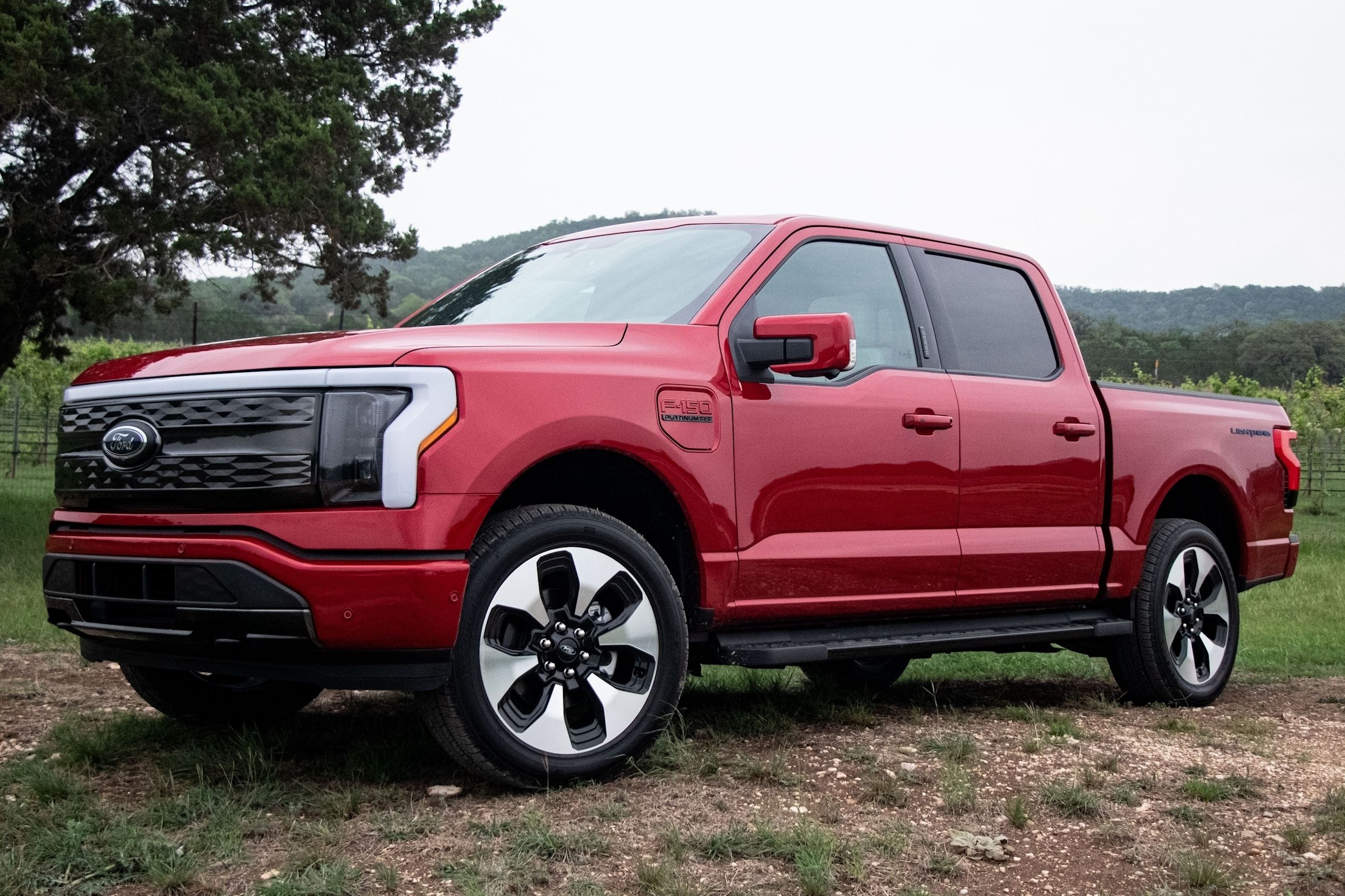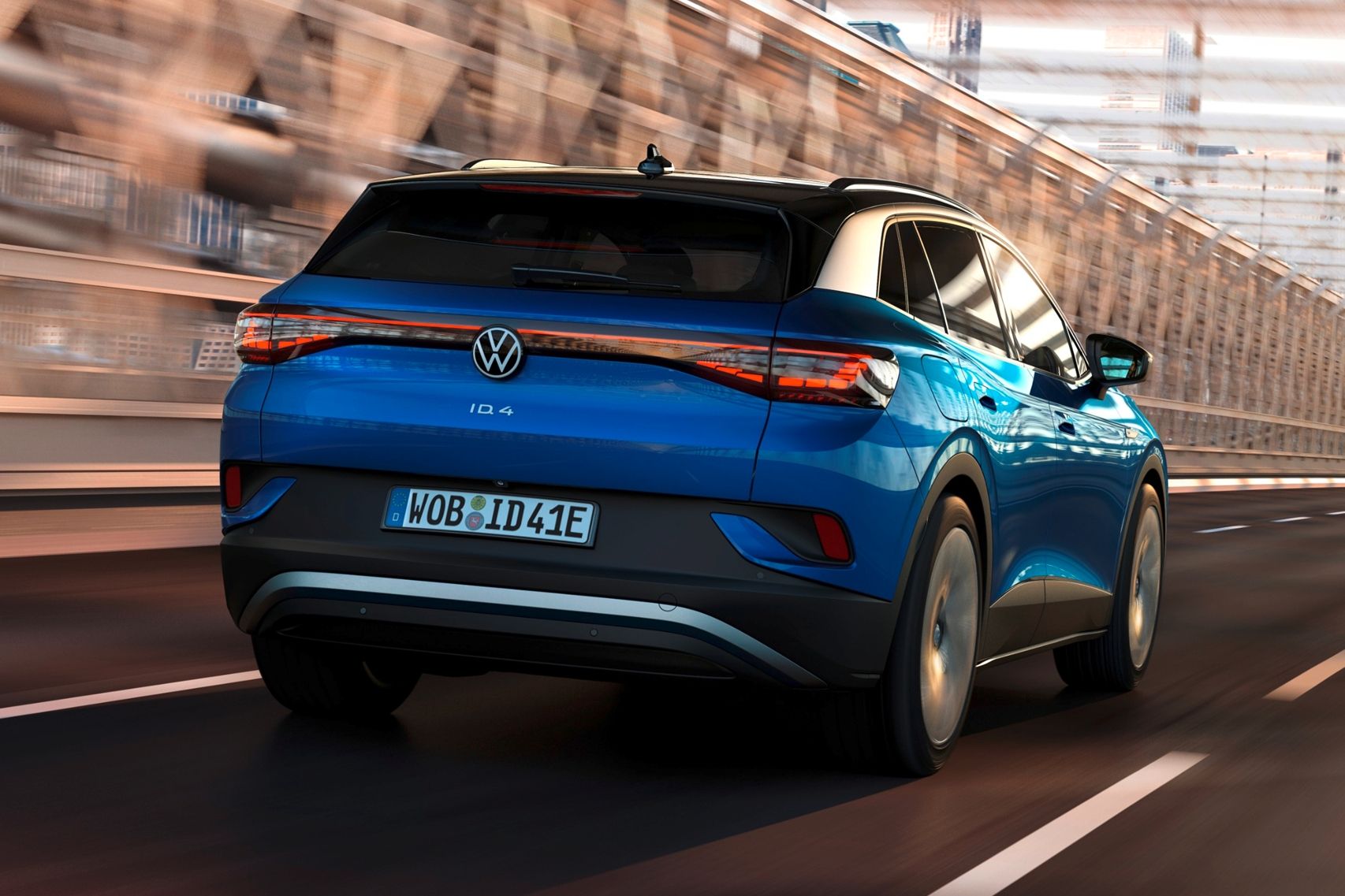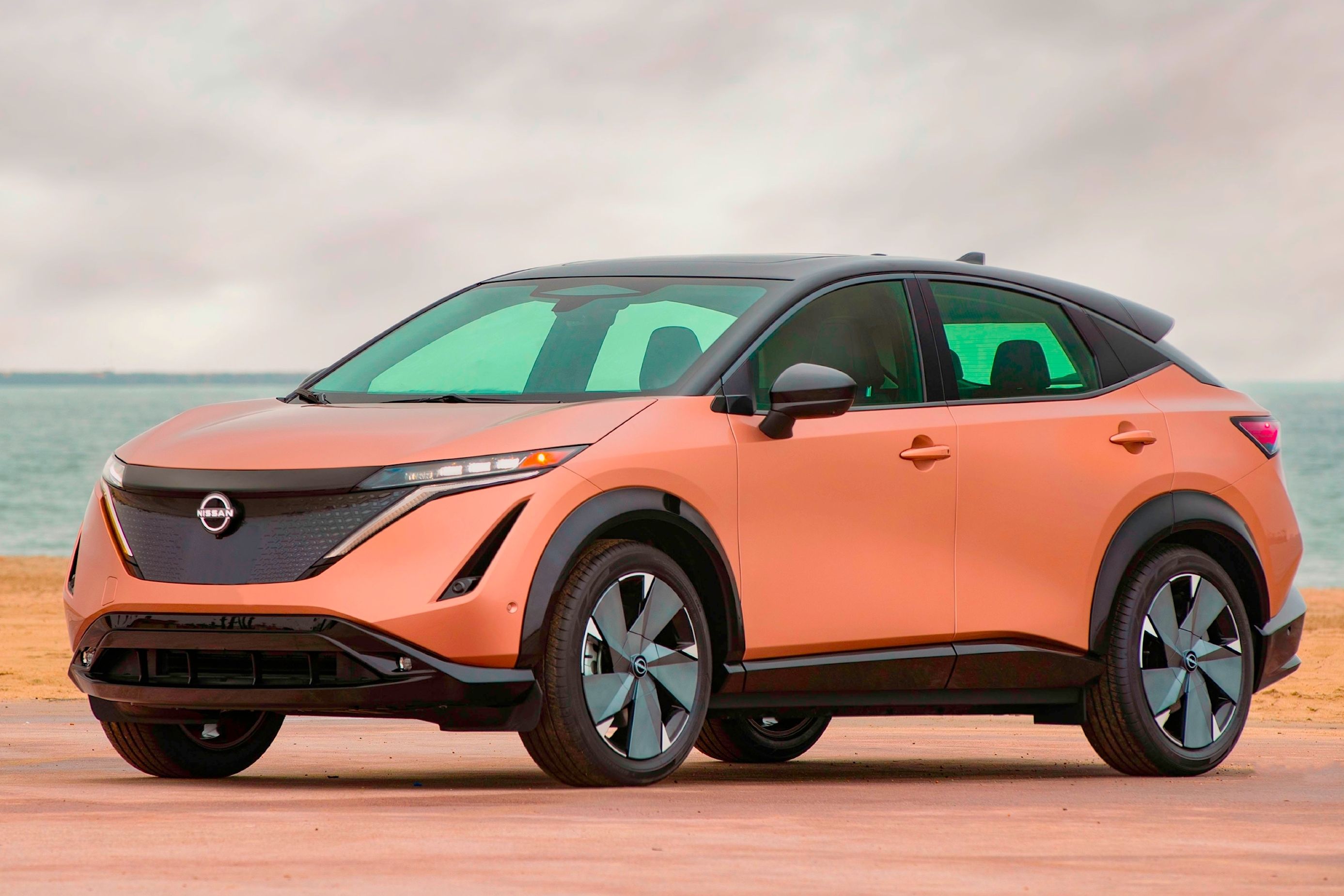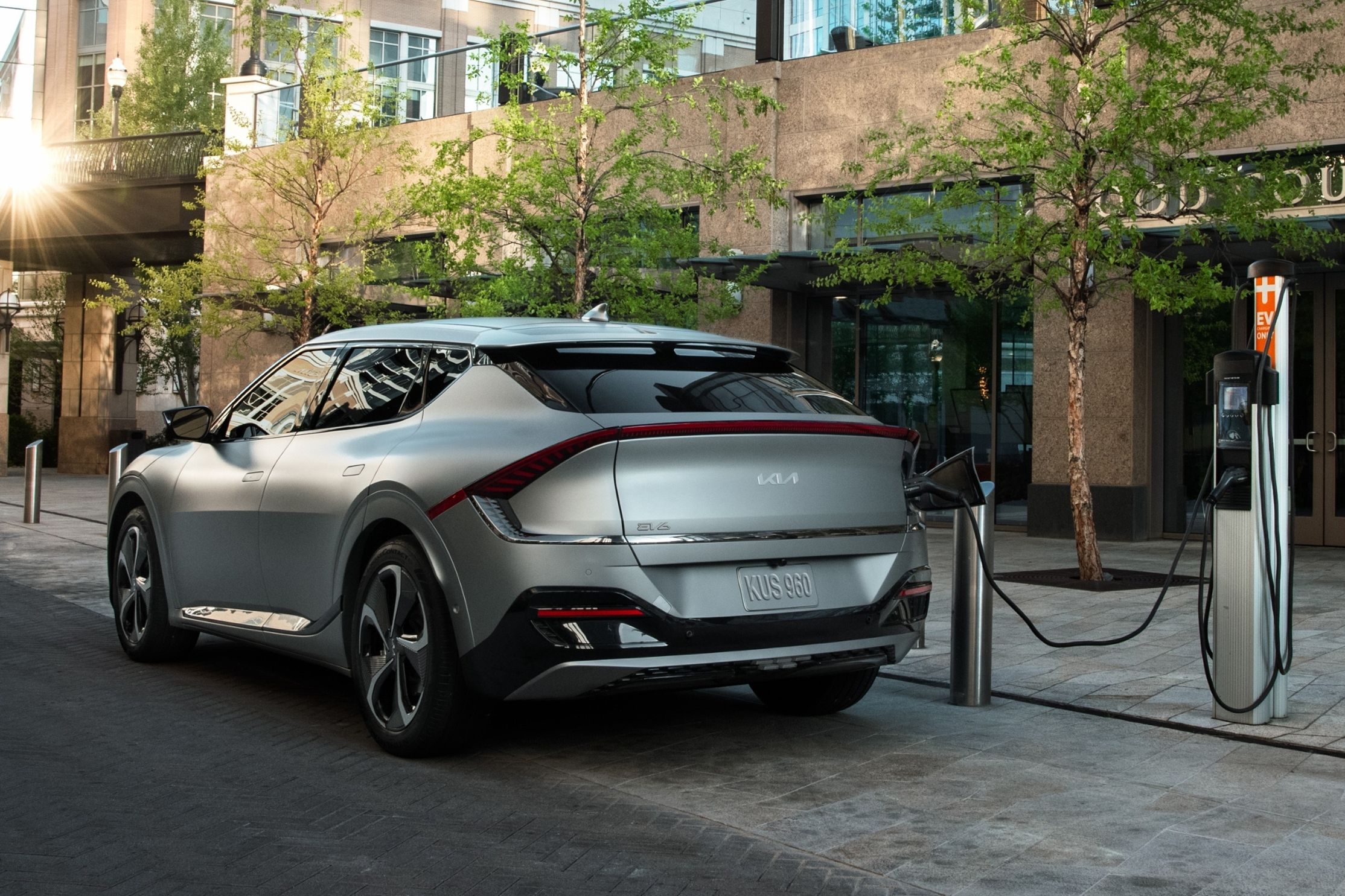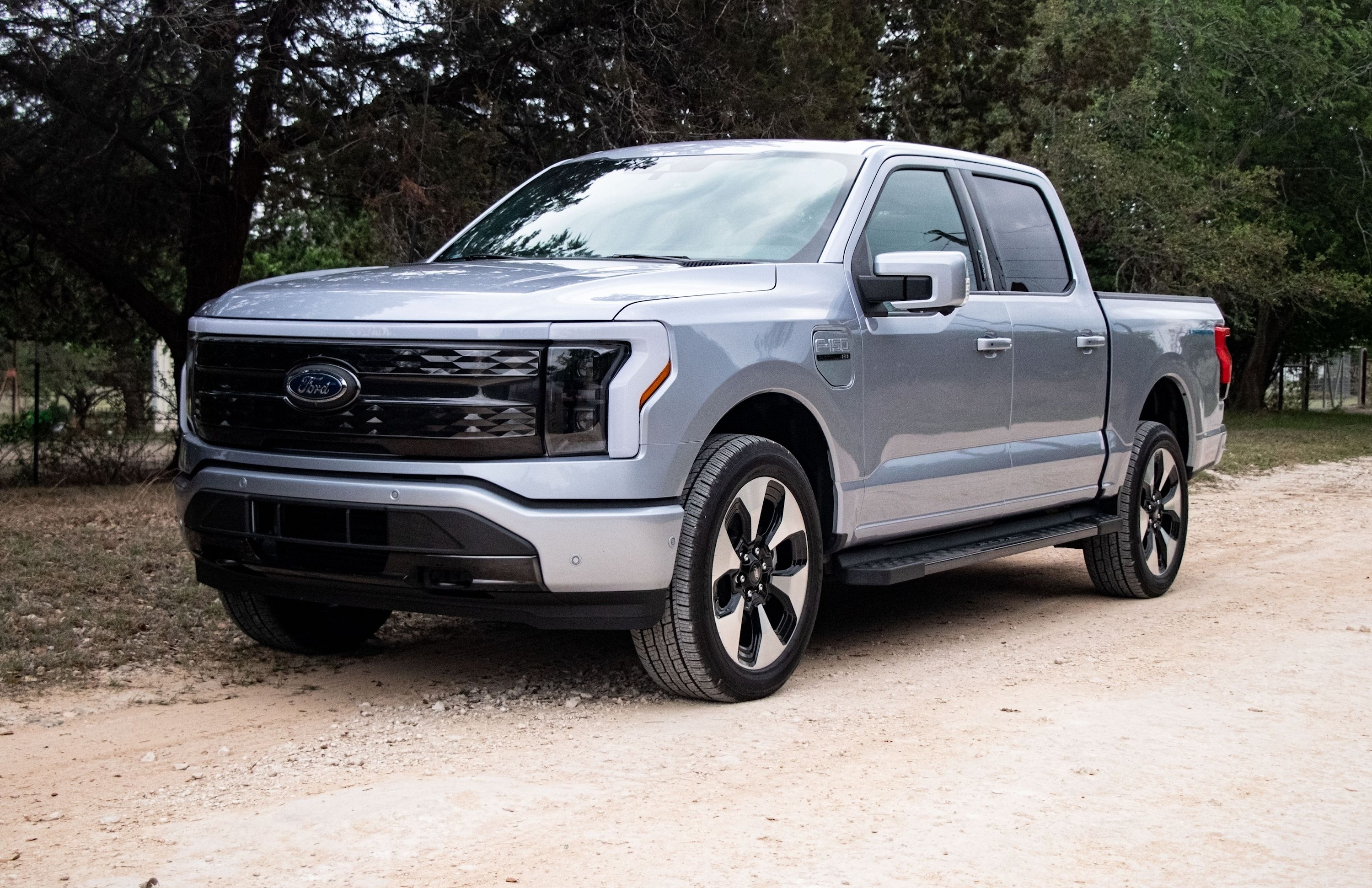
While California and New York are chock full of electric vehicles, it seems America's heartland is still reticent to adopt EVs, according to a new S&P Global report.
But this is all set to change, especially as America's charging infrastructure improves and more affordable electric vehicles hit the local market. "More acceptance and much broader consumer awareness is resulting in a natural progression of [EV] adoption from the coasts to the heartland," said Tom Libby, an analyst at S&P Global Mobility.
As per Automotive News, the advent of electrified vehicles in popular segments will see an uptick in sales.The Ford F-150 Lightning, for example, continues to post strong sales as consumers fawn over the mix of modern technology and pickup truck practicality.
The advent of these mainstream electric vehicles will see an uptick in the installation of charging stations, said another S&P Global analyst.
Currently, the greater majority of charging stations are found around coastal regions. This is set to change in the coming years, as the Biden administration aims to invest $900 million through the National Electric Vehicle Infrastructure Formula Program. This will enable states to upgrade existing charging infrastructure, carry out repairs, and, importantly, establish new charging stations.
Not only will this bring more convenience to the average EV driver, but it will also encourage adoption in areas where, previously, owning an electric car was an impractical proposition. "There is no doubt that the lack of charger availability is an influence in Midwestern states," added S&P Global Analyst, James Martin.
S&P Global's study, which considers 22 states as America's heartland, shows that Wyoming and North Dakota have the lowest EV share in America. Between January and August, a mere 146 and 143 electric vehicles were sold in the respective states.
"While the heartland states represent 27.1 percent of total U.S. vehicle retail sales through August, their representation in EV adoption has remained stagnant from 2021 into this year at a tepid 15.5 percent share," said S&P Global. "Only Colorado and Nevada (and to a minuscule extent, Utah) out-punch their overall retail share in EV representation."
But it's not all negative. Other non-coastal cities such as Chicago and Las Vegas showed great promise, with electric vehicle adoption increasing. It's only a matter of time before EVs become popular in heartland states, though.
"The adoption of BEVs is a long-term process that needs to reach an inflection point similar to the adoption or acceptance of Asian-sourced vehicles in the US," added Libby. "That inflection point is when the product becomes generally accepted and it usually occurs when volume and exposure reach a level that influences all the reluctant outliers."
Unsurprisingly, California - which has banned the sale of pure ICE vehicles from 2035 - remains the biggest consumer base for electric vehicles. Looking at the EV metropolitan markets, Los Angeles leads the field with an 18.9% share, followed by San Francisco (10.8%), New York (6.4%), San Diego (3.3%), and Seattle (3.0%).
According to the California New Car Dealers Association, Tesla is the second most popular brand in California, beating the likes of Ford and Honda. Only Toyota is ahead of the EV maker.

